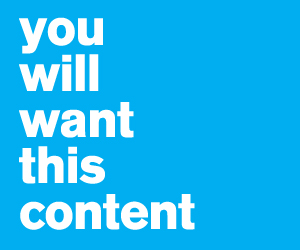 Are you familiar with the term “native advertising”? You may have read about it on popular blogs like Techcrunch, Adweek and Advertising Age, but can you put your finger on exactly what it means?
Are you familiar with the term “native advertising”? You may have read about it on popular blogs like Techcrunch, Adweek and Advertising Age, but can you put your finger on exactly what it means?
Whatever it is, native advertising doesn’t work simply because someone put the word “native” before it and because it doesn’t fit the standard definition of advertising—the 30 second spots, the billboards, the banner ads.
Over at pandodaily, Post-Advertising contributor and Story CEO Kirk Cheyfitz argues that most native content is just advertising as usual. Native content that works on TV is the show itself, not a 30-second spot. Native content on a blog is a newsy post, not a display ad or an “advertorial” — a disingenuous piece of paid ad copy dressed up to look like a post. Native Facebook content is a shared story from a friend on your newsfeed that looks, reads, attracts attention, and compels Likes and sharing just like any other good Facebook story; it isn’t a piece of copy pushing product in your newsfeed. And so on.
How can native advertising truly work? Head over to PandoDaily to read Cheyfitz’s take.





Pingback: Disney All-In on Content Marketing With "Oh My Disney" via @PostAdvertising